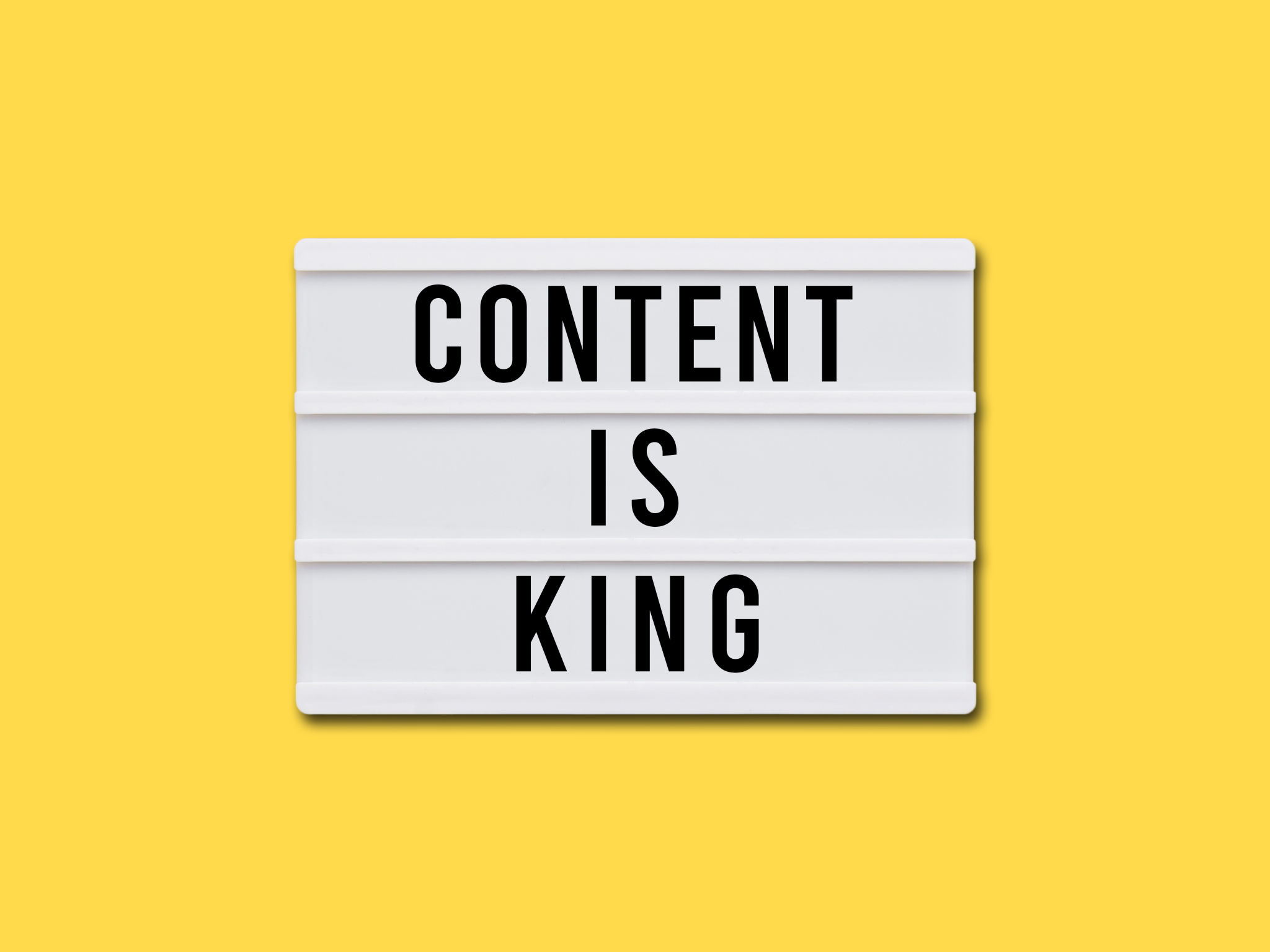Comparing Social Media Platforms: Which One is Right for Your Business?
Understanding the Social Media Landscape
In today's digital age, social media platforms are essential tools for businesses of all sizes. Each platform offers unique features and caters to different audiences, making it crucial to choose the right one for your business. Whether you're aiming to increase brand awareness, engage with customers, or drive sales, understanding the nuances of each platform can help you make an informed decision.

Facebook: The All-Rounder
Facebook is often considered the go-to platform for businesses. With over 2.8 billion monthly active users, it offers a vast audience reach. It's especially effective for B2C businesses aiming to build a community around their brand. Facebook's advertising tools are robust, allowing for highly targeted campaigns based on demographics, interests, and behaviors.
Additionally, Facebook's integration of features like Marketplace, Groups, and Messenger provides businesses with multiple avenues for customer interaction and sales. However, it's important to note that organic reach on Facebook has declined over the years, which means investing in paid advertising might be necessary to achieve significant results.
Instagram: Visual Storytelling
Instagram is perfect for businesses that thrive on visual content. With a strong focus on images and videos, it's ideal for industries like fashion, food, travel, and lifestyle. The platform's integration of features such as Stories, IGTV, and Reels offers creative ways to engage with your audience.

One of Instagram's strengths is its high engagement rate compared to other platforms. Users are more likely to interact with content, making it a great choice for brands looking to build a loyal following. However, maintaining a consistent aesthetic and posting schedule is key to success on this platform.
LinkedIn: Professional Networking
LinkedIn stands out as the premier platform for B2B businesses and professional networking. It's a space where industry leaders share insights, job seekers connect with employers, and companies establish thought leadership. LinkedIn's advertising options allow businesses to target professionals based on job titles, industries, and company size.
If your business targets professionals or operates in a niche industry, LinkedIn is the place to be. However, the content must be tailored to a professional audience, often focusing on industry trends, case studies, and expert opinions.

Twitter: Real-Time Engagement
Twitter is all about real-time communication and engagement. It's an excellent platform for brands that want to participate in trending conversations or provide customer service. With its fast-paced environment, Twitter enables companies to share quick updates and engage directly with customers.
The use of hashtags allows brands to join larger conversations and increase visibility. However, Twitter requires frequent posting and monitoring to maintain relevance and respond promptly to customer inquiries.
Pinterest: Inspiration and Discovery
Pinterest is a visual discovery platform that acts as a virtual pinboard for users. It's particularly effective for brands in the home decor, fashion, DIY, and food industries. Users come to Pinterest for inspiration, making it an excellent platform for driving traffic to your website or blog.
The key to success on Pinterest lies in creating visually appealing pins that link back to valuable content. Consistent pinning and engagement can significantly increase your brand's visibility on this platform.
Conclusion: Choosing the Right Platform
Selecting the right social media platform for your business depends on your target audience, industry, and marketing goals. Here's a quick summary:
- Facebook: Best for broad reach and community building.
- Instagram: Ideal for visual storytelling and high engagement.
- LinkedIn: Perfect for B2B and professional networking.
- Twitter: Great for real-time engagement and customer service.
- Pinterest: Effective for inspiration-driven industries.
By understanding each platform's strengths and aligning them with your business objectives, you can maximize your social media strategy and achieve impactful results.
